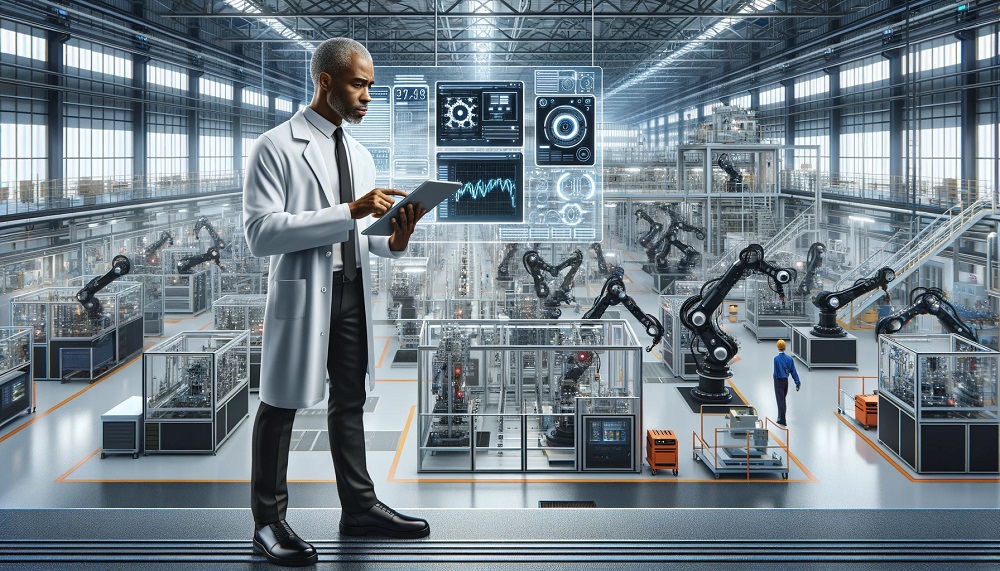
In the dynamic landscape of modern industry, the pursuit of efficiency and scalability has led to significant technological innovations, with manufacturing automation systems standing out as a cornerstone of industrial progress. These systems are not just transforming factories; they are reshaping entire industries by enhancing productivity, reducing costs, and improving quality across the board.
Revolutionizing Production through Automation
Manufacturing automation systems integrate robotics, artificial intelligence, and advanced sensors to streamline production processes. This integration not only accelerates production rates but also minimizes human error, leading to higher consistency in product quality. For instance, in the automotive industry, robots perform tasks ranging from welding and painting to assembly, ensuring precision that surpasses human capabilities.
Enhanced Efficiency and Cost Reduction
One of the most compelling benefits of automation is its substantial reduction in production costs. By automating repetitive and labor-intensive tasks, companies can allocate human resources to more critical, strategic roles, optimizing workforce efficiency. Furthermore, automation reduces the likelihood of costly errors and minimizes production downtime, increasing overall operational efficiency.
Sustainability and Environmental Impact
Another significant advantage of manufacturing automation systems is their contribution to sustainability. Automated systems optimize the use of materials and energy, reducing waste and decreasing the carbon footprint of manufacturing activities. For example, precise cutting tools and efficient robots can minimize scrap material in production processes, promoting a more sustainable manufacturing environment.
Adapting to Automation: Challenges and Opportunities
Despite the clear benefits, the transition to fully automated systems poses challenges, particularly regarding workforce adaptation and the initial investment required. However, the long-term gains often outweigh these initial hurdles. Automation helps create a safer work environment by handling dangerous tasks and drives innovation by requiring a workforce skilled in technology and system management.
The Future of Manufacturing
Looking ahead, integrating Internet of Things (IoT) technologies with manufacturing automation systems promises even greater efficiencies. IoT devices can track and analyze factory operations in real time, allowing for adjustments that enhance productivity and reduce costs. The future of manufacturing will likely see closer integration of data analytics with physical production processes, creating smarter, more responsive production environments.
Conclusion
Manufacturing automation systems are more than just technological assets; they are the strategic engines that drive modern industries toward greater innovation and efficiency. As industries continue to evolve, the role of automation will only grow, reinforcing its status as the backbone of modern industry. The companies that embrace this technology will find themselves at the forefront of their fields, leading the charge in the industrial revolution of the 21st century.
In embracing these advanced systems, industries are investing in technology and paving the way for a more efficient, sustainable, and innovative future.

